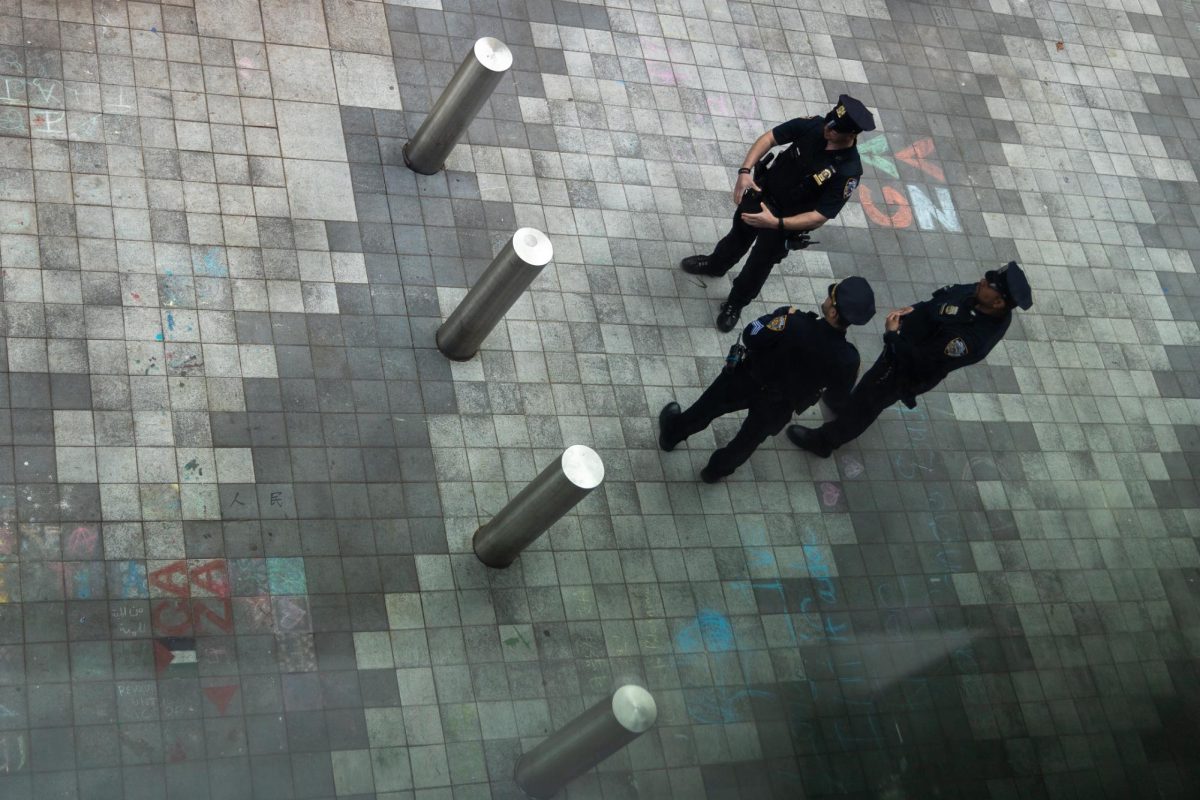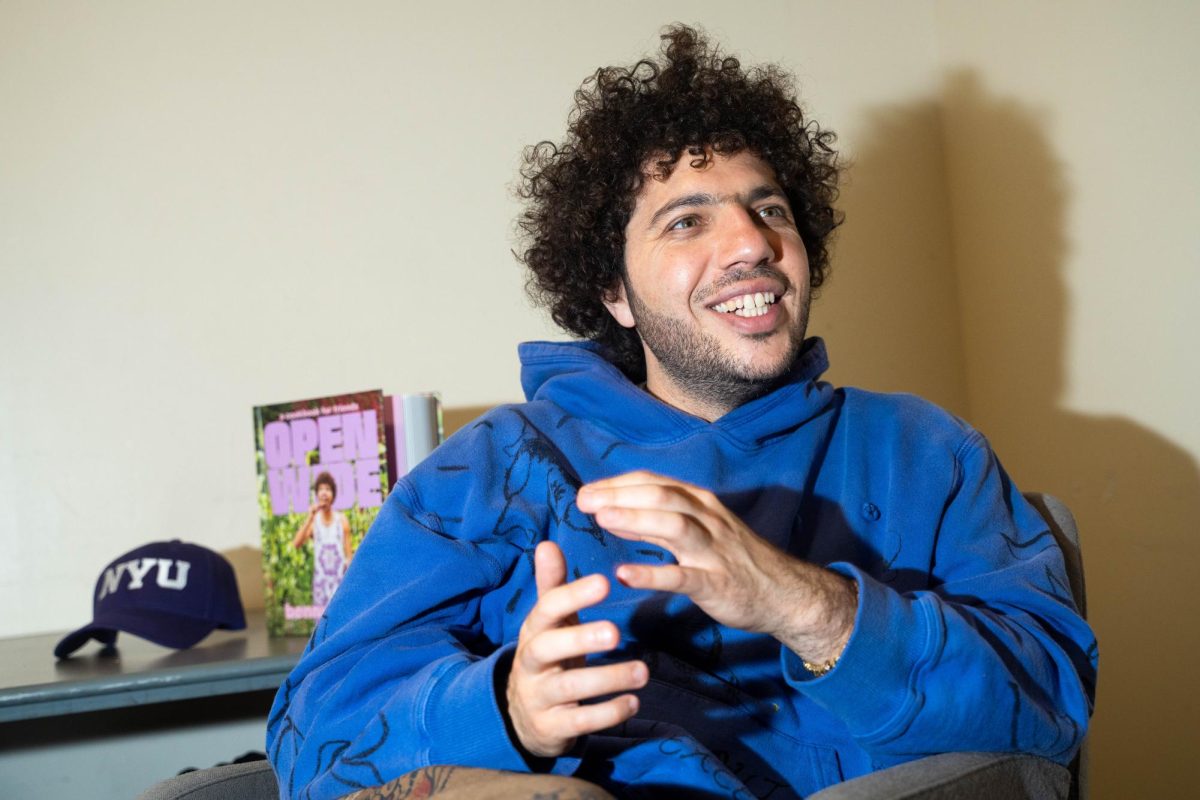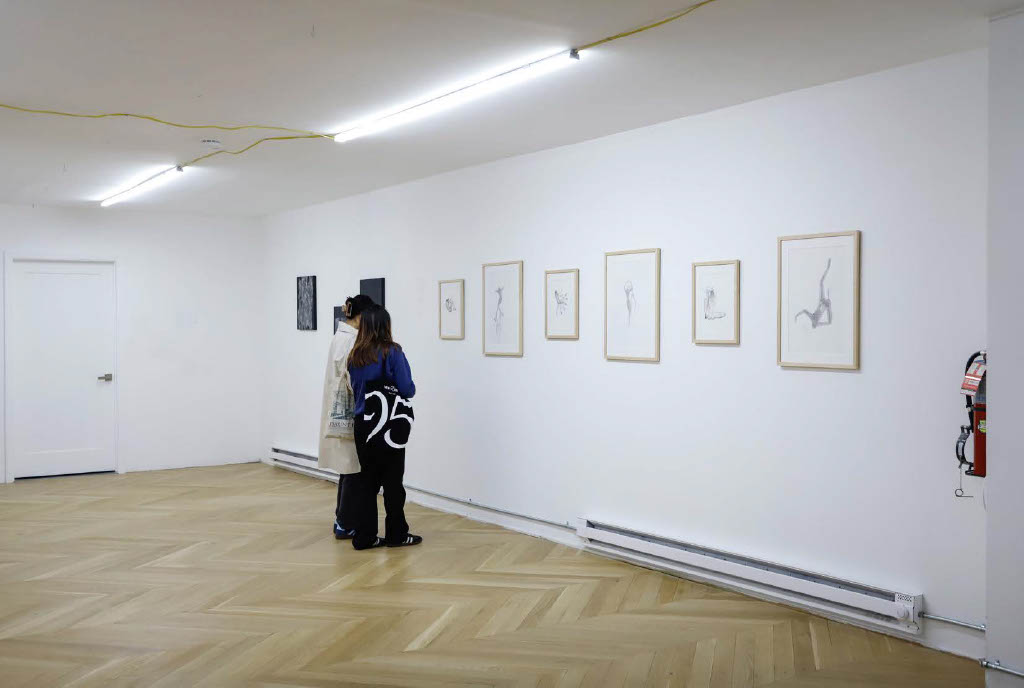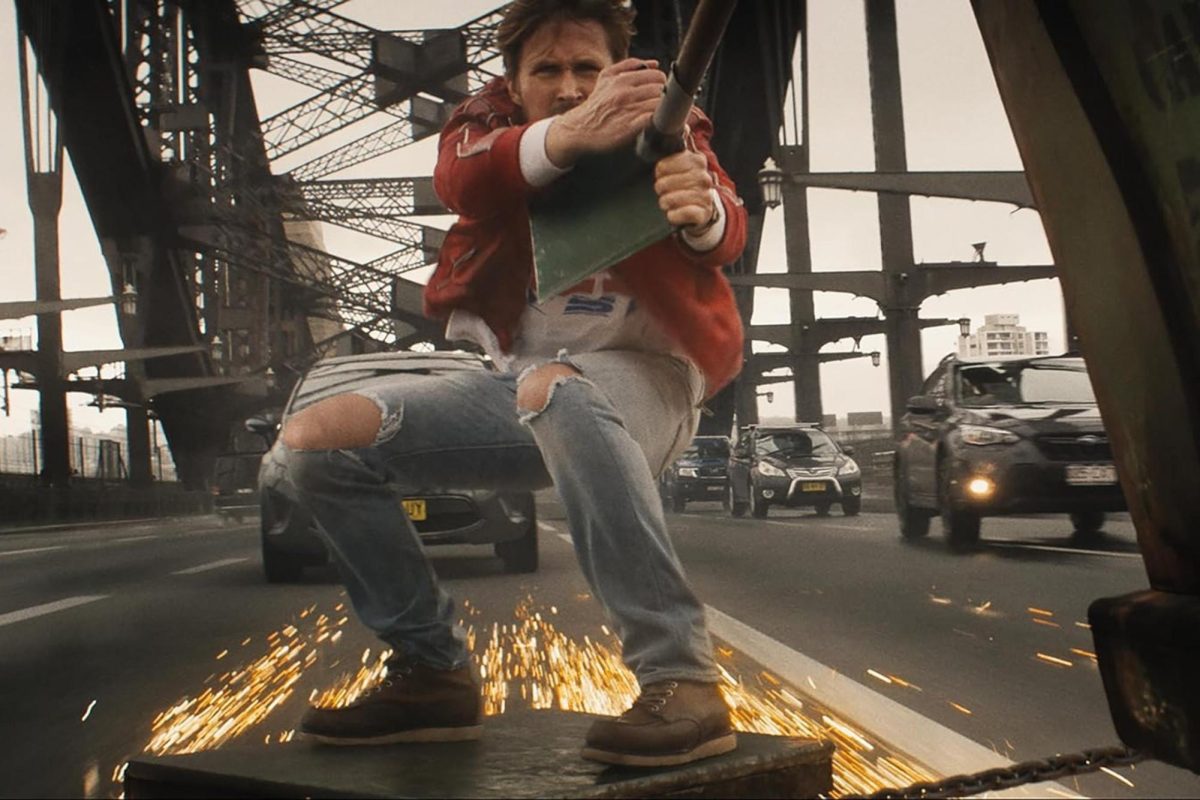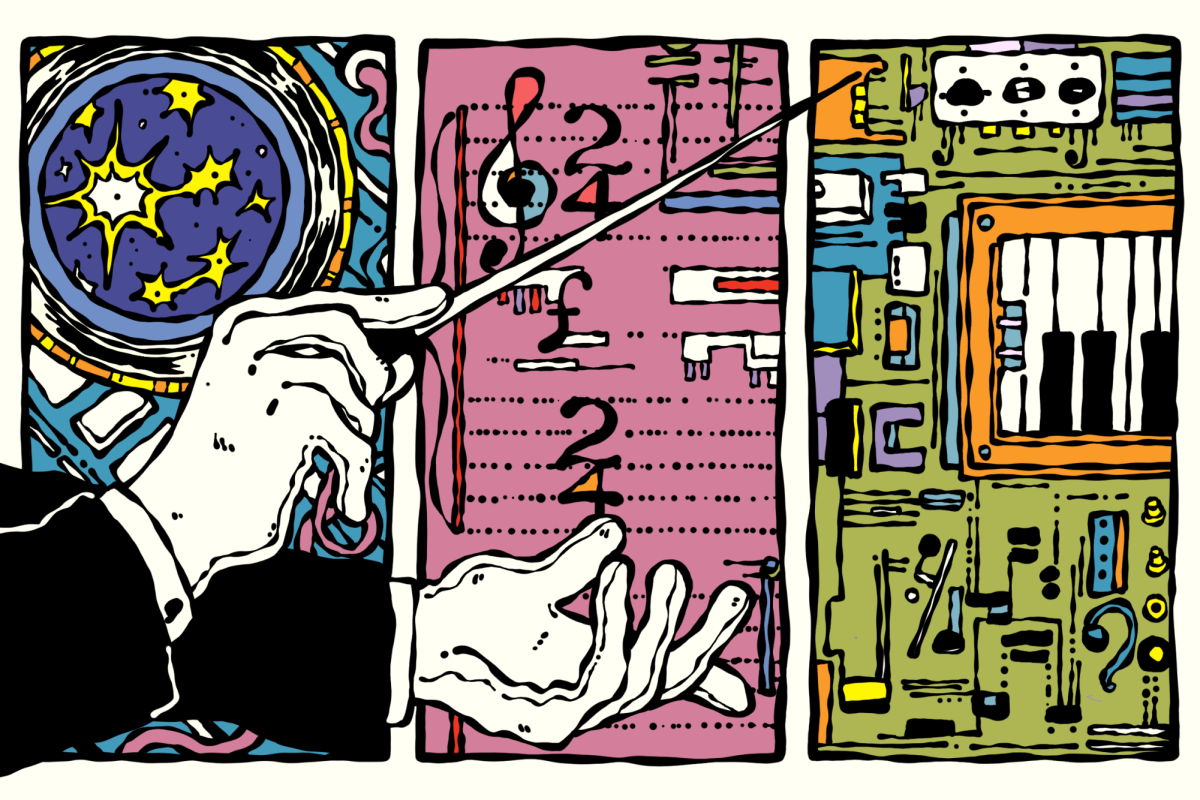Off the Radar: ‘The Kid With a Bike’ tackles the violent consequences of abandonment
Off the Radar is a weekly column surveying overlooked films available to students for free via NYU’s streaming partnerships. “The Kid With a Bike” is available to stream on Kanopy.
“The Kid with a Bike” is a coming-of-age film by director Luc and Jean-Pierre Dardenne released in 2011. The film is available on major streaming platforms. (Illustration by Aaliya Luthra)
September 30, 2022
“The Kid with a Bike” (2011) is a gripping and painfully honest entry to the coming-of-age genre. Directors Jean-Pierre and Luc Dardenne present childhood through a lens of gritty and unforgiving realism that’s reminiscent of post-war Italian cinema. The audience vicariously experiences explosions of adolescent rage, the longing for familial intimacy and flashes of urban violence — all from the eyes of a 12-year-old boy.
At the start of the film, Cyril (Thomas Doret) struggles to accept that his father (Jérémie Renier) has abandoned him in the foster care system. He refuses to believe that his father has left town, and worse, that he also sold his bike. The volatile Cyril constantly chases his absent father, fleeing both his orphanage and school, only to find his father’s empty apartment.
The search for his father leads Cyril to Samantha (Cecile de France), a hairdresser who buys back his bicycle and agrees to take care of him on the weekends. Over the course of 87 minutes, the Dardennes explore this tender, yet uneasy relationship between an emotionally unstable delinquent and his new surrogate mother-figure. Their bond is tested by their urban environment; they are encircled by the temptations of youth violence, crime and above all, a longing for intimacy. Although both characters sometimes find themselves agitated and diametrically opposed to one another, they learn to cope with their anxieties and ultimately depend on each other for companionship and healing.
Cyril’s treatment of his bicycle is a key visual and narrative element of the film. Similar to Vittorio De Sica’s “Bicycle Thieves” (1948), the Dardennes form an inseparable bond between the protagonist and this two-wheeled vehicle. Whenever another child tries to steal his bike, he erupts into wanton aggression: wrestling, biting and beating anyone who threatens to take the last vestige of his old family life.
The bike itself is a medium for Cyril to vent out his violent frustrations. While bike riding is often presented as leisurely and liberating, he rides with an aggressive and hostile physicality. Cyril abruptly yanks the handlebars, almost as if he is distorting them, while constantly riding with dangerous haste. Watching a boy hopelessly riding off to fill the void of his father’s abandonment is deeply disturbing and increasingly uncomfortable, especially since the audience is made all too familiar with the grim realities that Cyril refuses to accept.
Despite the tragedy of Cyril’s abandonment, the film does not sink into a pit of despair. Through characters like Samantha, the Dardennes display a defiant intervention of human compassion. They don’t shy away from illustrating hardship, but there is also a fundamental belief in our innate ability to cope and move forward. “The Kid With a Bike” is a searing rejection of contemporary media’s often voyeuristic obsession with youth tragedy. Instead, the film highlights an individual’s ability to overcome both exterior perils and internal strife.
Contact Mick Gaw at [email protected].













